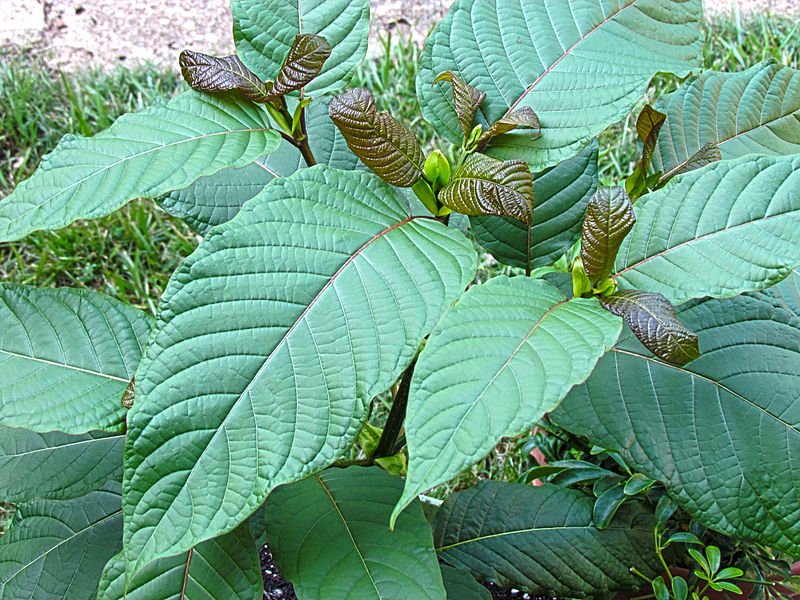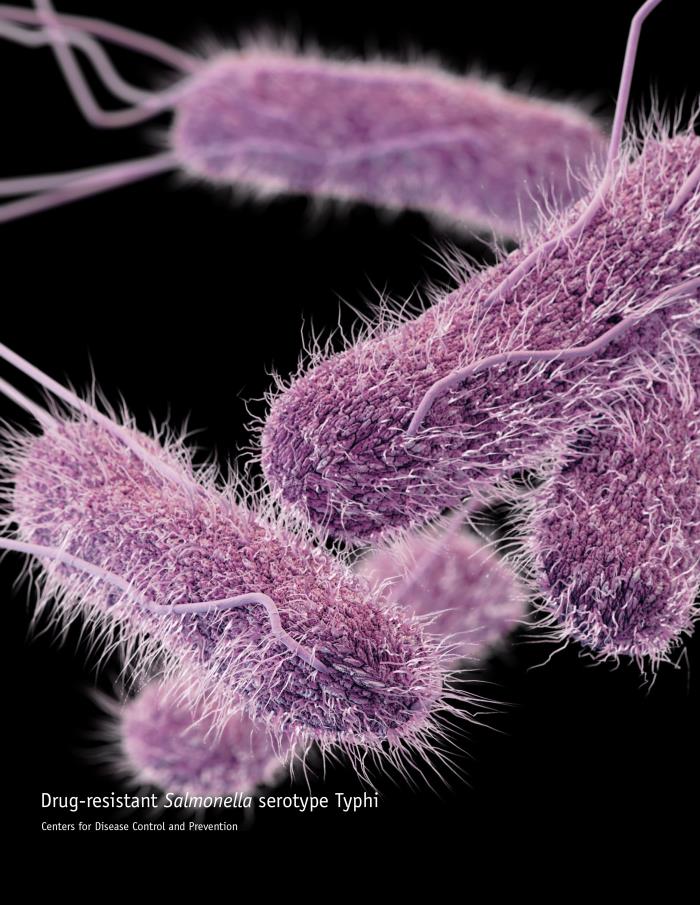‘Super High Concentration’ of Kratom Involved in Georgia Man’s Death
/By Pat Anson, PNN Editor
The family of a 23-year-old Georgia man who died last year after ingesting a potent kratom extract has filed a wrongful death lawsuit against a kratom manufacturer and a trade association that promotes the company for following good manufacturing standards.
Ethan Pope was found dead on the kitchen floor of his apartment on December 3, with his dog by his side. Pope had recently purchased bottles of Black Liquid Kratom made by Optimized Plant Mediated Solutions (OPMS).
An autopsy concluded that Pope died as a result of cardiac arrest due to mitragynine intoxication, and his death was ruled an accident by the Georgia Bureau of Investigation.
Mitragynine is an alkaloid and one of the active ingredients in kratom, which comes from the leaves of a tree that grows in Southeast Asia, where it has been used for centuries as a natural stimulant and pain reliever.
ETHAN POPE
In recent years, kratom has become a popular supplement in the United States, where it is used by millions of people to self-treat their pain, anxiety, depression and substance use problems. It is sold legally in most states, including Georgia, where it can be purchased at gas stations and smoke shops.
Kratom is normally consumed as a dry unadulterated powder, but the Black Liquid Kratom allegedly consumed by Pope is a highly concentrated 50:1 extract, with up to 375mg mitragynine per bottle.
“This super high concentration can be felt with just a drop or two of the extract added to your tea or coffee. Even veteran users of kratom should start slow with this liquid extract because it is so different from other liquid extracts on the market,” is how one kratom vendor markets Black Liquid Kratom.
Another kratom vendor specifically cautions that OPMS extracts are “too strong for use on a daily basis.”
It’s not clear how long, how often or why Pope had been taking kratom, but at a news conference this week his parents said they found a to-do list in his apartment that included the words “Stop taking kratom.”
The family’s lawsuit was originally filed in May and an amended complaint was filed this week, naming over a dozen different individuals, vendors and organizations, including OPMS and the American Kratom Association (AKA).
“You don’t expect to go into a store and find something similar to heroin between energy drinks and breath mints. We intend to hold every single person and entity involved in the distribution and sale of these products responsible,” attorney Matt Wetherington said in a statement.
The lawsuit drafted by Wetherington makes frequent references to kratom as a heroin-like substance, but there is no relationship between the two. Heroin is derived from opium plants, while kratom comes from mitragynine speciosa trees. Both act on opioid receptors in the brain, however, which has led to claims that kratom is an opioid.
OPMS has not commented publicly on the lawsuit, and the AKA issued a short statement saying it rejected the lawsuit’s claims and filed a motion to be dismissed from the case.
‘100% Natural and Never Adulterated’
OPMS is featured on the AKA’s website as one of the first kratom vendors to comply with its Good Manufacturing Practice Standards Program (GMP), an effort to enhance the safety of kratom products. To get “GMP Qualified” status, vendors have to agree to annual audits, inspections and testing of every production lot of kratom.
“Optimized Plant Mediated Solutions has been the leader in the Kratom and Kava extract industry since 2010 due to its unique cold water extraction process. All O.P.M.S. products are 100 percent natural and never adulterated,” the AKA says on its website, which includes a link where OPMS products can be purchased directly from the company.
OPMS did not immediately respond to a request for comment from PNN. The company’s website cautions consumers that “several companies illegally counterfeit” its products, adding “dangerous ingredients” that pose a “serious health threat.” It urges consumers to report any suspicious products.
Taken in low doses, kratom acts as a mild analgesic and stimulant. Consumers generally take higher doses to combat severe pain and cravings caused by substance addiction. Most users do not experience a “high” or euphoria after taking kratom.
The Food and Drug Administration has not approved kratom for any medical use and vendors can run into trouble with the agency if they claim kratom can be used to treat health conditions. The FDA tried for years -- unsuccessfully – to schedule kratom as a controlled substance, which would effectively ban its sale and use in the United States. The FDA says kratom’s effects on the brain are similar to morphine and that kratom has “properties that expose users to the risks of addiction, abuse, and dependence.”
Not all federal agencies take such a dim view of kratom. A 2020 study funded by the National Institute on Drug Abuse concluded that kratom is an effective treatment for pain, helps users reduce their use of opioids, and has a low risk of adverse effects.
About 100 deaths have been linked to kratom use, but in the vast majority of cases other drugs and illicit substances were involved. A toxicology test on Ethan Pope found antihistamine and antidepressant medications in his system, but no illegal drugs or alcohol were detected.



















